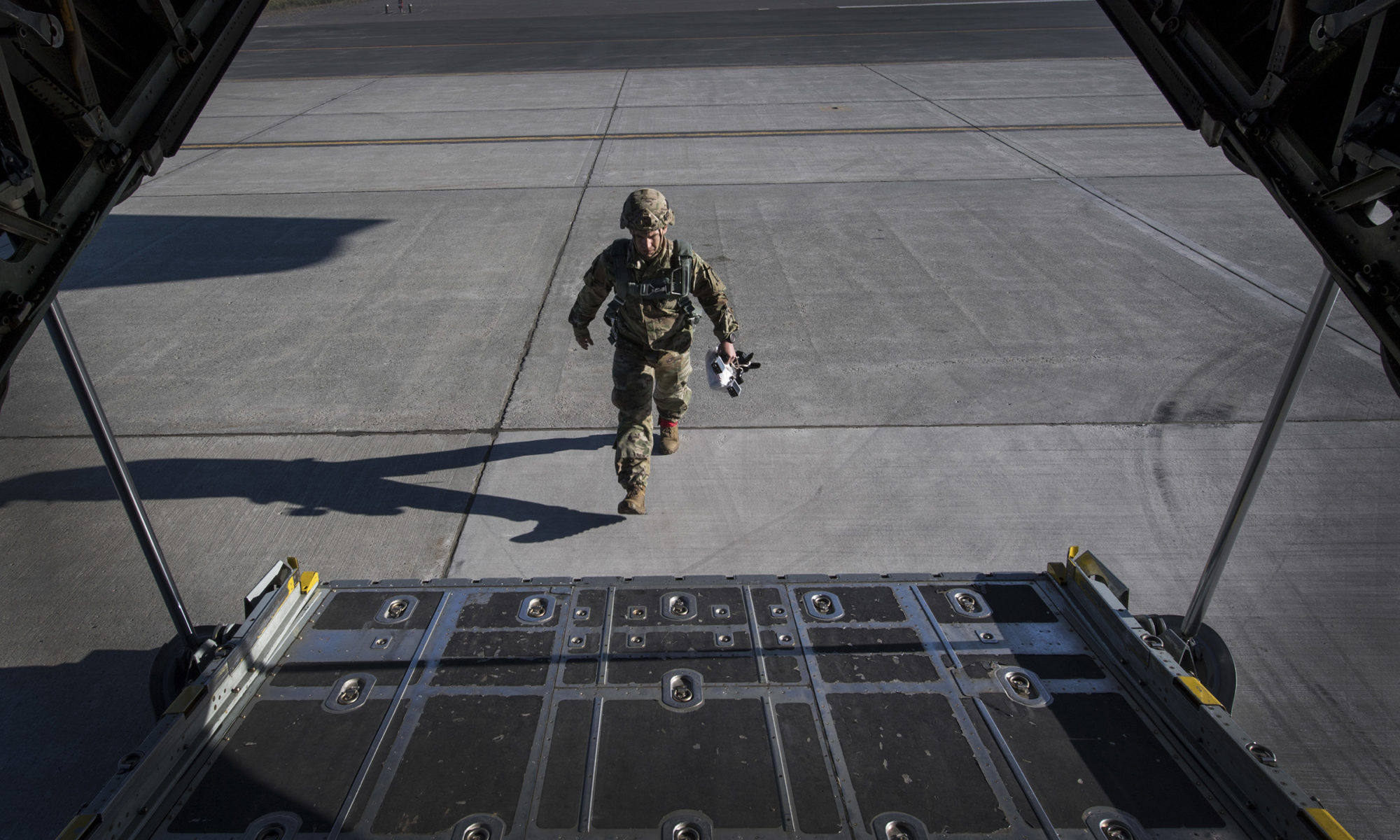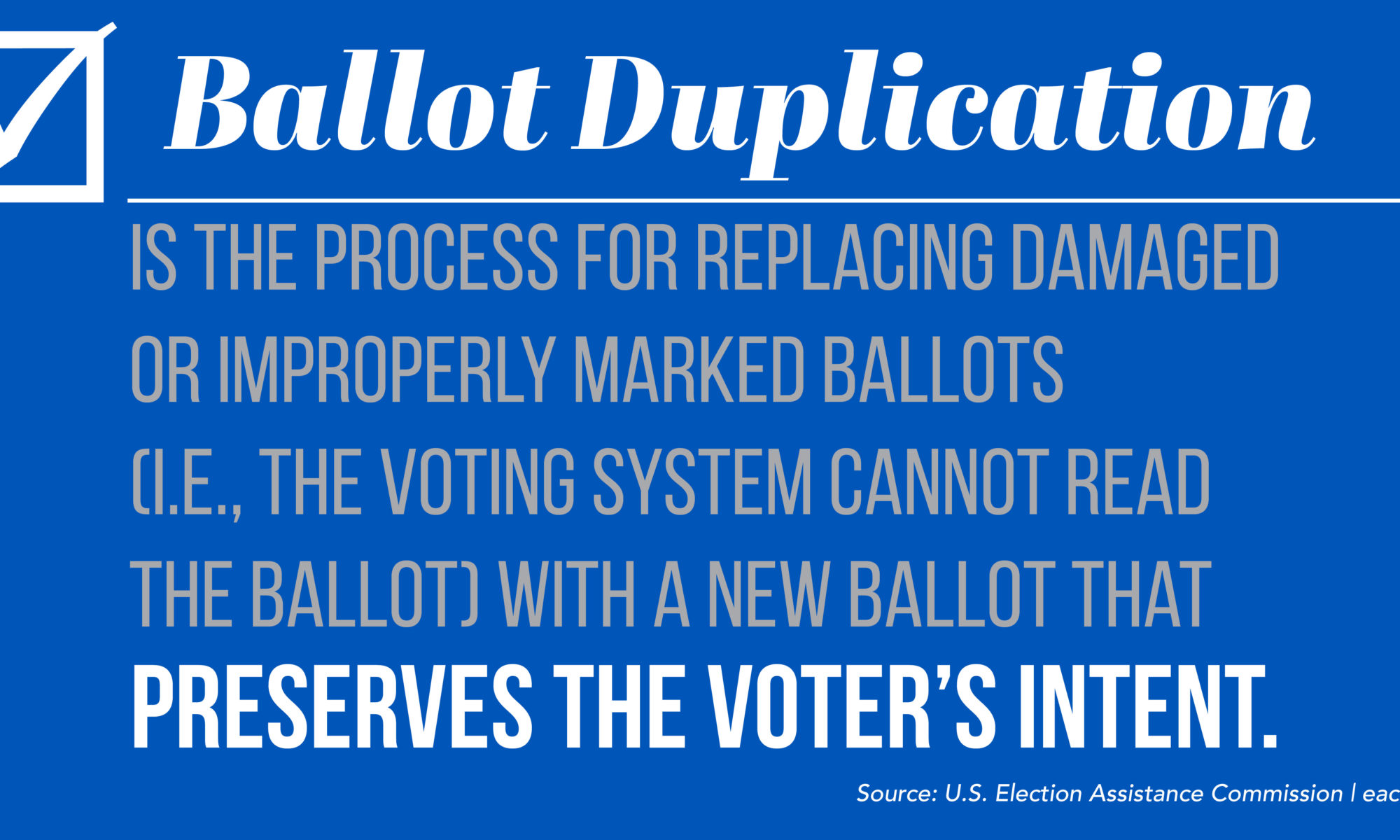Throughout our blog series on ballot duplication, the Overseas Voting Initiative (OVI) has asserted that elections conducted during the coronavirus pandemic will likely yield a higher volume of ballots returned via mail or other methods.
As state primaries have come to a close, this assertion has often proven to be true. In the West Virginia presidential primary alone, slightly more than half of the state’s 436,000 votes were returned by mail. According to West Virginia Secretary of State Andrew “Mac” Warner, this constitutes a roughly 47% increase from previous presidential primaries.
This drastic uptake in by-mail voting has significant implications on the process of ballot duplication and, subsequently, election officials’ contingency planning. As the number of voters who mark their ballot outside of a polling place increases, so do the opportunities for a ballot to be damaged[1]. In order to ensure the November election progresses smoothly, it will be necessary for election officials to discuss how to properly manage the duplication of these ballots as well as how to instill voter confidence within this process.
To help guide this discussion, OVI Sustainability of UOCAVA Balloting Solutions Subgroup, comprised of state and local election officials, issued a series of recommendations suited for 2020 elections and beyond. Although the diversity among state voting procedures renders universally applicable strategies unattainable, such diversity is extremely valuable. Numerous jurisdictions have already issued guidelines, adopted practices and generated resources that can help states implement OVI’s recommendations within their local context.
Recommendation #1: State officials should consider developing educational videos, FAQs, landing pages and other resources to educate the public on the process of ballot duplication.
In a typical election, only a small number of ballots require duplication, therefore, informational materials regarding this process are often in low demand. However, in the upcoming election, the increased frequency with which voters are projected to cast their ballots outside a polling place make it more important than ever to enhance public awareness of this process and its integrity.
Colorado’s recent transition to a vote-by-mail state has facilitated the development of such resources that can be easily modified to suit your local jurisdiction’s ballot duplication process. More specifically, the El Paso County Department of Elections previously developed an informational video to walk voters through the Life of a Mail Ballot. This video details how the integrity of one’s ballot is protected and counted while also featuring why and how ballots are duplicated.
In California, Marin County has developed a landing page on the Department of Elections website detailing when ballots require duplication and outlining the procedures for doing so. As it stands, this resource primarily serves election personnel, however, a brief FAQ section can be easily incorporated to address common voter concerns. To promote further transparency within the ballot duplication process, election calendars detailing when and where ballot duplication will occur could also be integrated into existing landing pages at a very low cost.
Recommendation #2: State officials should frequently and regularly evaluate their ballot duplication procedures, manuals, automated solutions, staffing levels and equipment needs.
As the November 2020 election approaches, officials should consider adjusting administrator manuals and personnel training guides to ensure public health recommendations are not only incorporated but prioritized in the conduct of elections. When discussing any necessary modifications, the process of ballot duplication should not be overlooked. It may be necessary for election officials to clarify ballot duplication procedures as well as propose ways in which personnel can help prevent and/or adequately prepare for the duplication process.
Indiana’s COVID-19 Guidance for Elections Personnel stands as an example of state initiative within this area. In this document, the Election Division provides personnel with topics to consider when confronting a significantly elevated number of ballots requiring duplication. These considerations include:
- Will you be using preprinted blank ballots or a ballot on demand (BOD) system?
- If using a BOD, are you planning for the necessary ballot stock and toner?
- Have you created duplication logs and ballot labels (for original ballot) with pre-filled control numbers?
- Have you considered using an ink stamp to create a template for adding the control number and initials on the duplicated ballot?
As this guidance indicates, proper preparation and contingency planning will be crucial for ensuring the ballot duplication process proceeds smoothly and efficiently.
Recommendation #3: State officials should explore avenues for the public to observe the ballot duplication process remotely.
As the number of voters wishing to cast their ballot in person declines, those willing to observe the election process will likely follow suit. As such, election officials should consider strategies that engage observers with the ballot duplication process in ways that do not compromise their safety nor that of election personnel.
Tools allowing for remote observation are likely to be at the center of these strategies. As demonstrated by the City and County of San Francisco, remote election observation can be successfully achieved through utilizing live stream services. In recent years, the Department of Elections has used Nest Cam to stream various aspects of mail-in ballot processing such as ballot sorting and scanning, signature verification, ballot adjudication and ballot remaking[2].
The Department of Elections in King County, Washington, has long utilized live camera feeds throughout their election service center for the same purpose. On their website, links to a livestream of each stage are provided alongside a short description of what specifically that stage should entail. King County’s existing live stream infrastructure would allow them to easily incorporate coverage of the ballot duplication process come November.
Although the number of individuals specifically seeking to observe the ballot duplication process may be small, transparency and trust in the process is a primary concern among election officials. The OVI recommendations for contingency planning during COVID-19 were precisely crafted with this in mind. Through learning from states’ previous engagement with and implementation of these recommendations, officials can help ensure their election infrastructure is equipped to handle the challenges posed by the COVID-19 crisis.
For an in-depth discussion of the OVI’s contingency planning recommendations, please visit https://ovi.csg.org/ to read Ballot Duplication: New Recommendations for Contingency Planning in the time of COVID-19 and Beyond. To stay up to date with this topic, continue following our blog series for an upcoming discussion on ballot duplication technologies.
Read the other articles in our Ballot Duplication series:
Ballot Duplication: What it is, what it is not and why we are talking about it in 2020
Ballot Duplication: New Recommendations for Contingency Planning in the time of COVID-19 and Beyond
Ballot Duplication Technology: What Is It and How Does It Work?
Continued Advancement in Ballot Duplication Technology Solutions: Pilots in the Field
Frequently Asked Questions (and Answers) About Ballot Duplication
[1] For more information on the reasons for ballot duplication, please read Ballot Duplication: What it is, what it is not and why we are talking about it in 2020.
[2]California local election jurisdictions utilize the term “remaking” to refer to the process of ballot duplication. For more information on the process of ballot remaking as it pertains to San Francisco, please refer to their March 3, 2020 Observer Guide.


